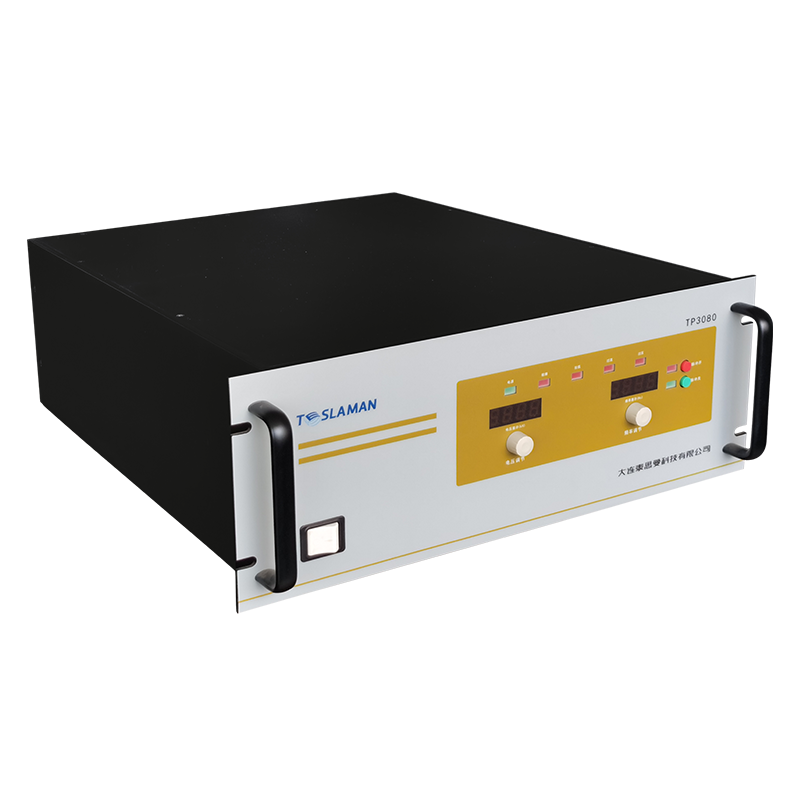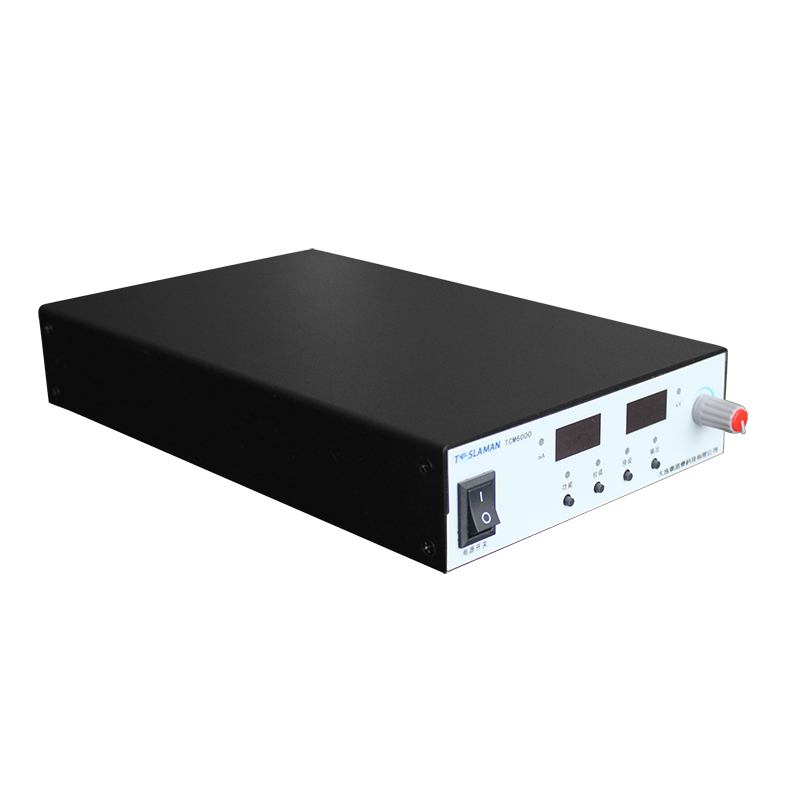High-Voltage Power Supply for Food and Beverage Inspection: High-Sensitivity Detection of Harmful Additives
In food and beverage safety testing, detecting trace amounts of harmful additives requires high sensitivity and rapid response. High-voltage power supplies are widely used in electrochemical analysis, microfluidic systems, mass spectrometry, and optical excitation methods, providing precisely controlled electric fields or pulsed energy to stimulate, mobilize, or ionize target molecules.
To achieve high sensitivity, pulsed high-voltage techniques are employed, where pulse amplitude, frequency, and duty cycle are optimized to enhance ion migration or reaction efficiency. Voltage stability must be better than 0.01%, with ripple below 10 ppm, to minimize background noise interference. Multi-channel electrode configurations within microfluidic devices create gradient fields to concentrate and separate trace analytes, improving detection efficiency.
Closed-loop control is critical to maintain stable excitation. Sensor feedback, including current, conductivity, or fluorescence signals, informs the high-voltage controller, which dynamically adjusts voltage and pulse parameters to maintain uniform and stable electric fields. Temperature compensation and micro-channel current correction ensure repeatable and accurate measurements even during continuous operation.
By integrating precise high-voltage control with intelligent data processing, detection systems can rapidly identify and quantify trace additives in seconds. Optimizing pulse characteristics and electric field strength enhances target signals while suppressing background interference, enabling fast, reliable, and sensitive inspection in food and beverage production environments.




















